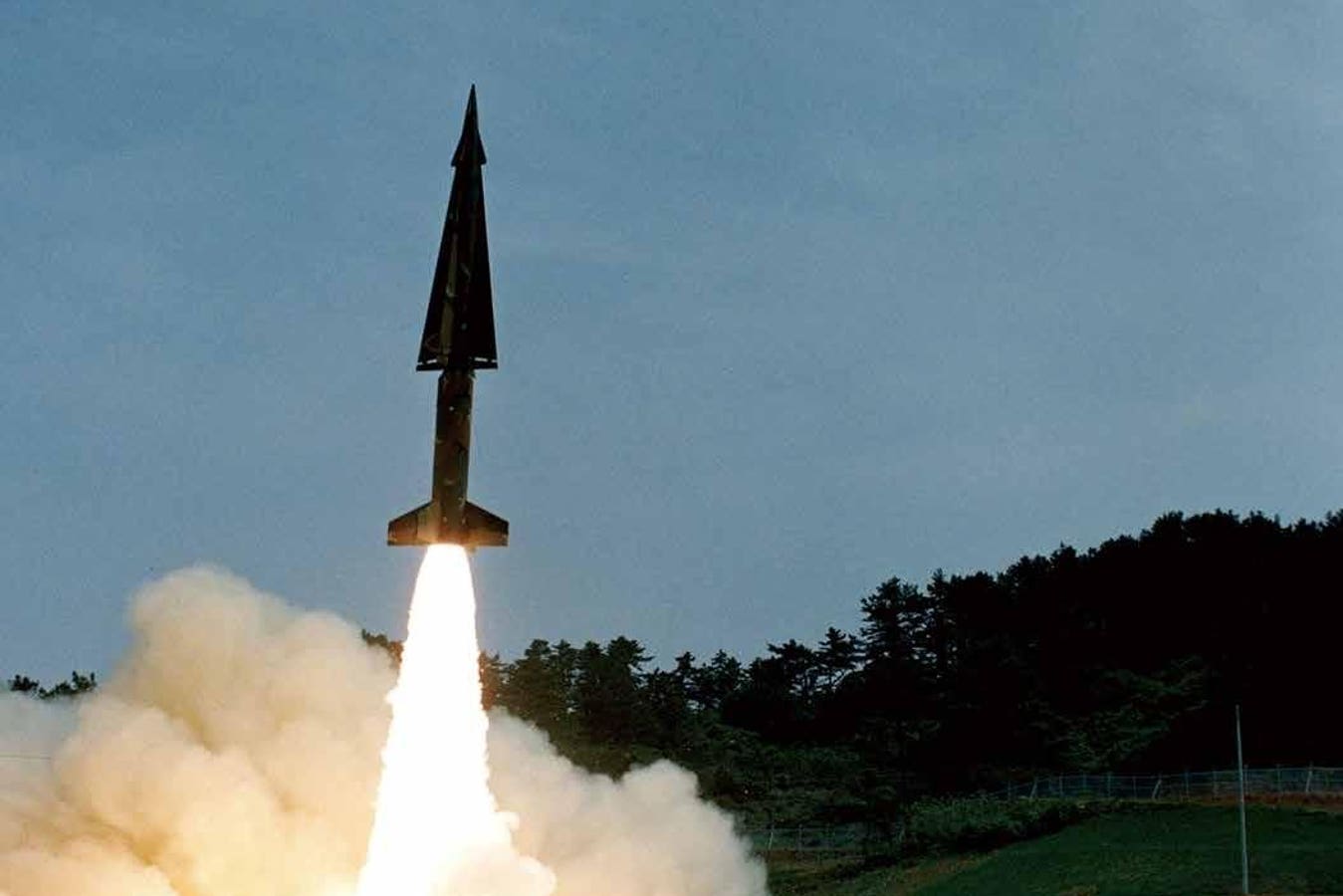On June 19, Russian president Vladimir Putin flew to Pyongyang for the first time in 24 years and inked an agreement with North Korean dictator Kim Jong Un.
The details of the pact are unclear, but Kim announced the two countries had a “fiery friendship.” It’s widely assumed the agreement will result in closer industrial and military ties between the authoritarian states—ties that could feed and prolong Russia’s costly wider war on Ukraine.
The South Korean government responded swiftly. If Pyongyang supplies Moscow with more arms, then Seoul may supply Kyiv, South Korean National Security Advisor Chang Ho-jin told reporters on June 20.
South Korea hasn’t yet announced closer ties with Ukraine—but if and when it does, it’s possible Ukrainian officials will ask South Korean officials for the same kinds of munitions Russia is already getting from North Korea.
Specifically, short-range ballistic missiles, or SRBMs. Sometime late last year, Russian acquired from North Korea a batch of powerful KN-23 SRBMs—and used them to devastating effect.
South Korea has developed an SRBM of its own, the Hyunmoo-2B, which is even more powerful than the KN-23. “If North Korea can sell KN-23 SRBMs to Russia, South Korea can sell Hyunmoo-series SRBMs to Ukraine,” quipped Jeffrey Lewis, director of the East Asia Nonproliferation Program at the Middlebury Institute of International Studies at Monterey.
The 7,500-pound, solid-fuel KN-23 ranges around 450 miles with an 1,100-pound warhead. The 12,000-pound Hyunmoo-2B ranges 400 miles or so with its biggest one-ton warhead—but travels 500 miles with a smaller warhead. It’s a safe bet the South Korean missile is more accurate than the North Korean one.
Whether Ukraine ever gets Hyunmoo-2B is one question. How it might use them is another. The United States has donated to Ukraine scores of Army Tactical Missile System rockets that range as far as 190 miles—but has insisted on limits on their usage.
Washington allows Kyiv to aim the ATACMS at targets in Russian-occupied Ukraine, but not at targets in Russia itself. That means front-line Russian air bases, home to dozens of Sukhoi fighter-bombers armed with devastating glide bombs, are off-limits.
Ukraine can strike at these bases with its locally developed explosive drones. But the lightweight drones lack the firepower to knock out the rows of parked Sukhois at airfields such as Voronezh Malshevo, in southern Russia 100 miles from the border with Ukraine.
With a few well-aimed ATACMS or other ballistic missiles, “Ukraine could potentially incapacitate the entire operational fleet” of fighter-bombers at Voronezh Malshevo, Ukrainian analysis group Frontelligence Insight explained. But only “if permitted to conduct such a strike.”
Even without permission for strikes inside Russia, Ukraine could put South Korean rockets to good use. There are plenty of valuable Russian targets inside Ukraine’s borders that would almost certainly be fair game.
To be clear, South Korea and Ukraine could forge an alliance similar to the North Korea-Russia alliance—but haven’t yet done so. For now, Ukrainian Hyunmoo-2Bs exist strictly in the realm of possibility.
But every bullet, shell or rocket North Korea gives or sells to Russia makes a Hyunmoo-2B deal likelier. Fabian Hoffman, a researcher with the Oslo Nuclear Project in Norway, anthropomorphized the South Korean rocket as a jealous young woman. “She thinks it’s very unfair that her mean North Korean cousin gets to play in Ukraine, while she has to stay home,” Hoffman wrote.
Sources:
1. Associated Press: https://apnews.com/article/vladimir-putin-kim-jong-un-russia-north-korea-summit-ukraine-a6b8d2c12de7ee2ab6716d4747c9850e
2. Reuters: https://www.reuters.com/world/south-korea-says-will-reconsider-providing-weapons-ukraine-yonhap-says-2024-06-20/
3. Frontelligence Insight: https://frontelligence.substack.com/p/impact-and-defense-mitigating-the
4. Jeffrey Lewis: https://x.com/ArmsControlWonk/status/1743051955721625606
5. Fabian Hoffman: https://x.com/FRHoffmann1/status/1745453399183901161
Read the full article here





